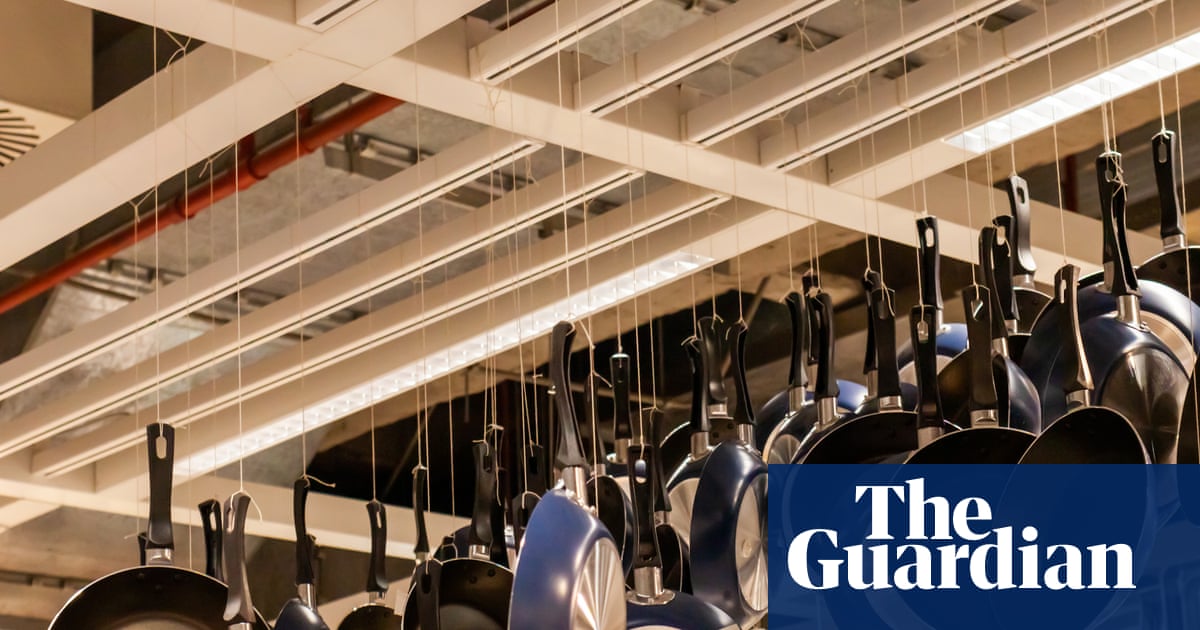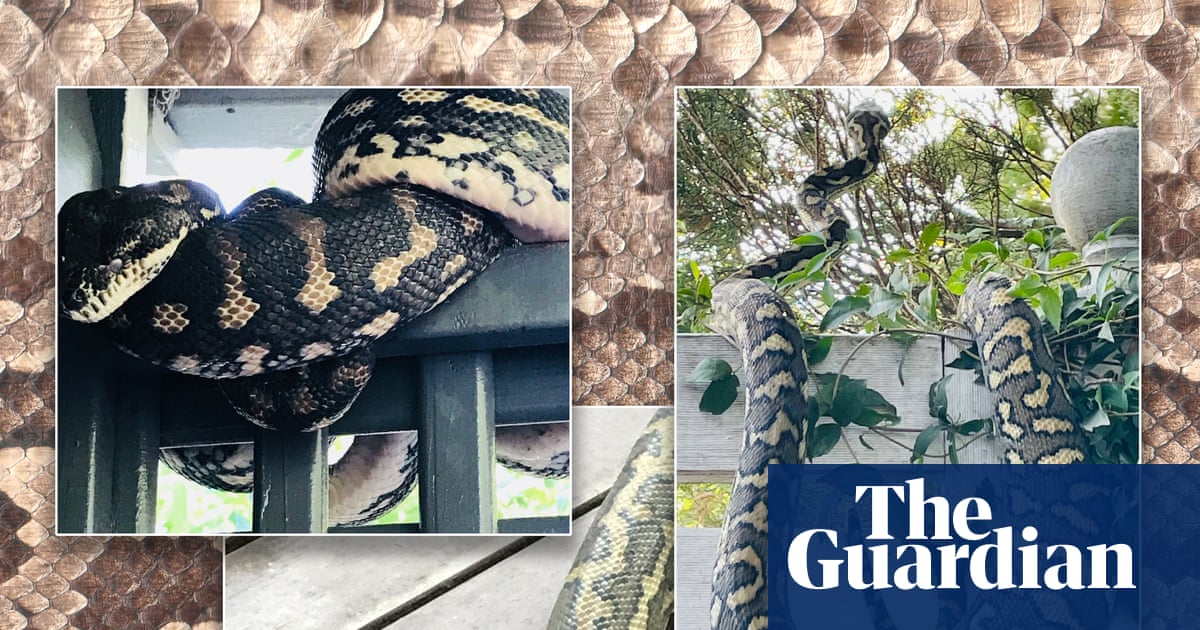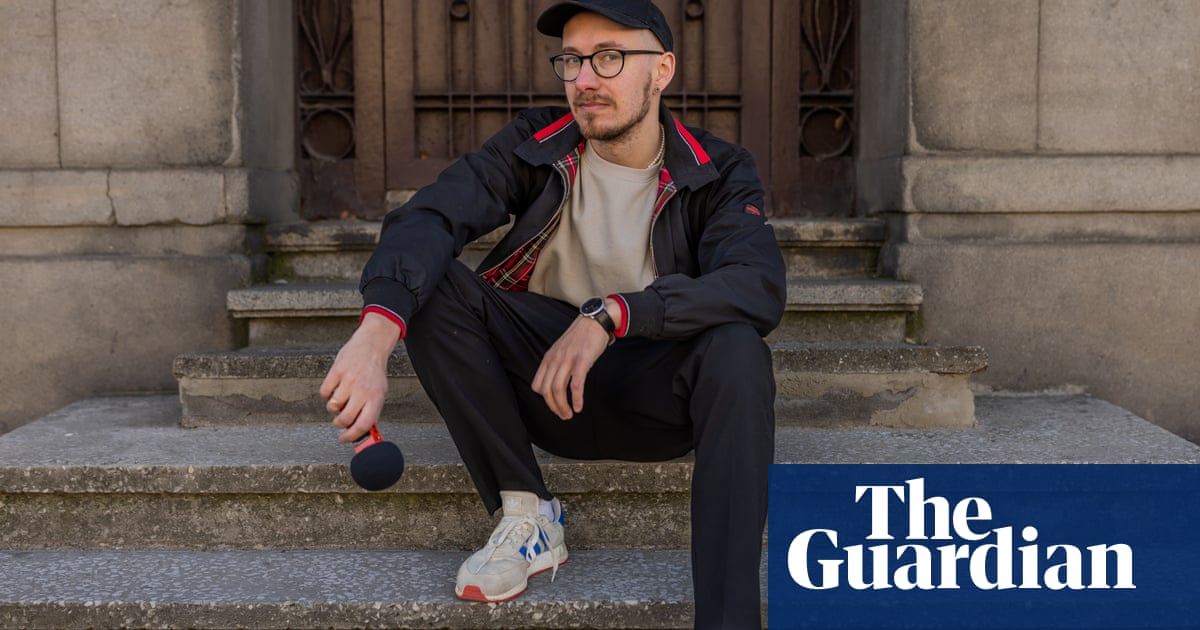When Anglo-Saxons buried their jewellery in an attempt to keep it safe from marauding Vikings, it is unlikely they envisaged their treasures would be dug up a millennium later and studied by their descendants.
Nor would they have expected the items to sit alongside everyday objects owned by their Scandinavian oppressors as part of the largest exhibition of Viking-age artefacts in the UK, aiming to tell the story for the first time of the invaders’ power base in the north of England.
“This is the finest collection of objects from Viking-age England that you can see on display in a museum in this country,” says Dr Adam Parker, curator of archaeology at York Museums Trust.
Viking North, which opens on Friday, focuses on the settlement of the Viking Great Army, as it is known, which arrived in the north of England from Scandinavia in AD866 and spent two centuries controlling the territory.
Among the exhibits are examples of the Vikings’ great wealth, some of which appeared to be raided from holy sites, such as an Anglo-Saxon silver-gilt bowl with Christian symbolism on it found buried with a Viking warrior.
Religious symbolism was important – after seeing Christians wearing crosses around their necks, Vikings took to wearing pendants in the shape of Thor’s hammer from their own pagan beliefs.
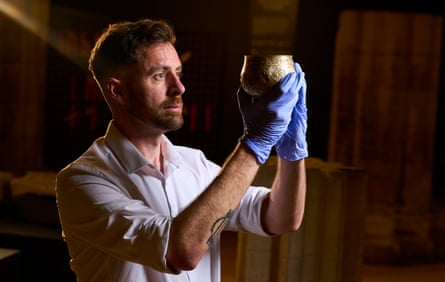
A recent discovery of one on display for the first time is a “little microcosm of this whole exhibition” says Parker, as it combines fashions from different parts of the world.
“It’s showing a coming together of cultures, it’s a development in cultural change, it represents the creation of Anglo-Scandinavian identity in the north in the ninth and 10th centuries AD, in an object,” he said.
But not every piece of jewellery found was of high value at the time. Another piece in the exhibition is made of copper and is gilded to look like gold. Parker says: “It’s a cheap object designed to look expensive – if you like, the Viking version of Claire’s Accessories.”
What makes the upcoming exhibition particularly interesting, says Parker, is that it is primarily “a story of geopolitical change and a clash of cultures”.
It features an interactive graphic video showing what the Vikings’ temporary settlements would have looked like in the north of England as the settlers expanded into the new territory.
This is based on emergent research, some of which has not yet been published, into how the Vikings would have lived outside the main urban centres, such as York, known by the Vikings as Jorvik.
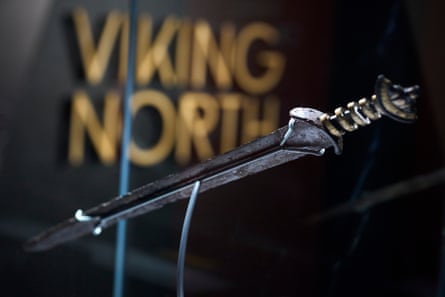
Though the invaders’ pillaging of monasteries for treasure – and their killing of anyone who stood in their way – is common knowledge, the exhibition also sheds light on another dark part of Viking history, one that is not widely talked about.
“I think we need to be quite open about this, that we don’t think about the Vikings as a slave-owning society, but slavery and captured people is one of the fundamental exports of England after the Viking raids,” Parker says.
One exhibit is a carving from a grave that appears to show an Anglo-Saxon woman being captured and enslaved, likely into a forced marriage.
There would have “undoubtedly” been people enslaved in the north of England who were sold and eventually ended up in the Middle East, says Parker.
Part of a large hoard of Islamic coins on display from what is now Iraq are one clue to the forced migration that took place despite the missing biographies of enslaved people.
“It’s nearly impossible for us to identify them archaeologically,” says Parker. “There are some historical sources that talk about the presence of enslaved people – they had no rights, they didn’t have great outcomes of life, as you know – but it’s part of history that’s completely hidden to us, and so taking the opportunity to try to represent that again is quite important for us.”
-
Viking North is at the Yorkshire Museum in York from Friday 11 July 2025

 2 months ago
53
2 months ago
53



